RTDs are the rockstars of the bev-alc scene. Craft beer is working on reclaiming its moment and cocktail culture is undoubtedly en vogue, but RTDs continue to steal the spotlight. Why? Convenience, flexibility and an undeniable appeal to a diverse consumer base, to name just a few reasons. According to Grand View Research, the global RTD market is expected to grow at a compounded annual growth rate of 14% until 2030, making it the fastest-growing category in the industry.
Are those numbers making you thirsty? You’re not alone.
As the category continues its meteoric rise, the question beckons: When is it prime time for a bev-alc producer to cut off a slice of the RTD pie? It’s not always the golden ticket you want it to be. With thousands of entries in the RTD market every year, carving out a niche and capturing consumers’ attention means knowing when to launch your RTD and standing out in a
crowded space.
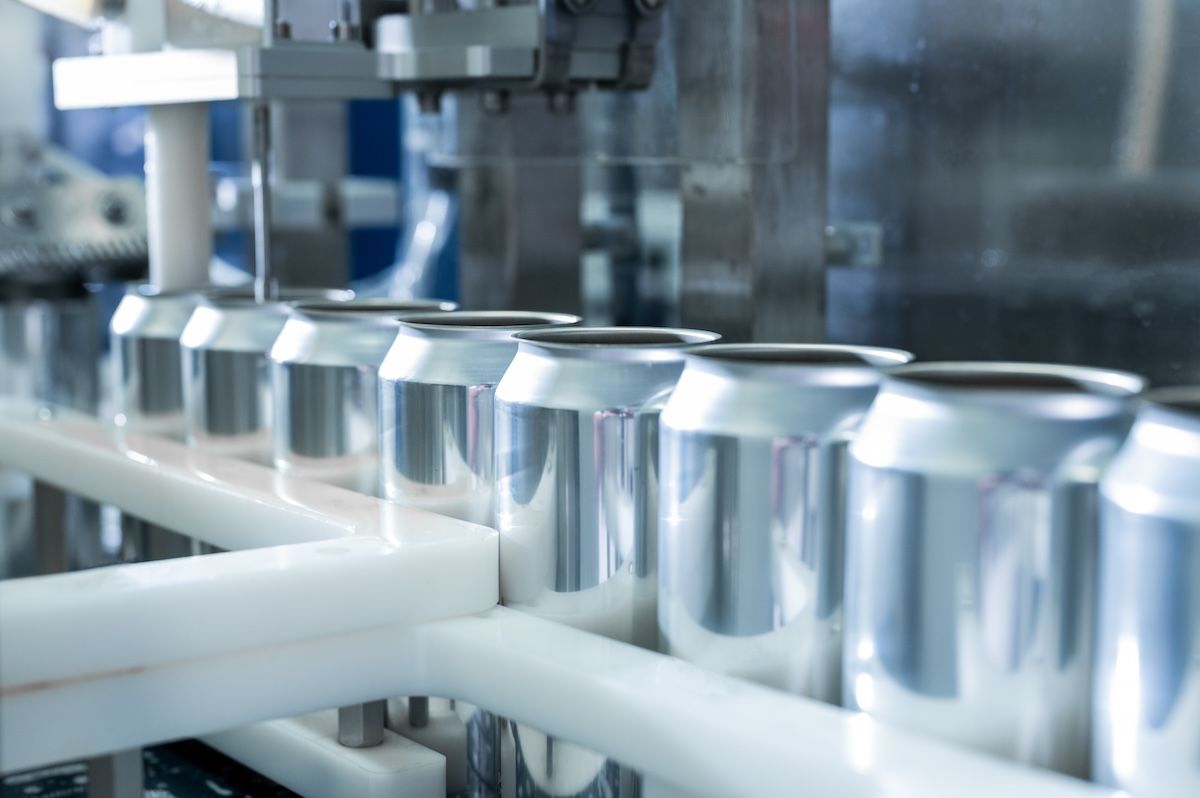
Look Before You Leap
As with any significant business decision, planning is your friend. If you’re just getting started, prioritize the following three steps:
- First, you’ll want to take a close look at the numbers to see if it's worth diving into the complexities of adding another type of bev-alc production and the compliance requirements that come with it.
- Second, consider if getting an all-in-one software system for multiple beverage types could help your company grab this chance – and others that pop up.
- Third, chat with current and potential customers – they’re a fount of information. Try out your recipes on them and then tap into your network about your brand, logo, packaging, style, price and flavor.
After you’ve done your due diligence, you’ll need to decide if RTD production is in your mix for 2024 and beyond – and how much you want to invest to make it a success. Keep reading to learn how to distinguish your offerings from the pack.
Seasonality vs Year-Round Demand
Seasonal launches can be a great way to create buzz and excitement around your brand and take advantage of changing consumer preferences and occasions throughout the year.
For example, summer is a prime time for RTDs. Their convenience and portability make them perfect for outdoor activities, such as picnics, barbecues, pool parties and beach trips. Not to mention, RTDs are the ideal accompaniment for springtime and summer travels. According to NielsenIQ, RTD sales in the U.S. peaked in July 2023, with a 104% growth in total consumption in the previous two years. Not surprisingly, RTD sales tend to do very well around major holidays like the Fourth of July (hello, summertime).
However, this does not mean that RTDs are only a summer phenomenon. Take a note from other canned choices, such as hard seltzers, which have shown strong performance throughout the year, especially in the U.S. market. This is partly due to the versatility and variety of flavors that hard seltzers offer and their low-calorie and gluten-free appeal to health-conscious consumers.
Depending on the type and flavor of your RTD product, you may want to consider a seasonal or year-round launch. A seasonal launch may help you capitalize on the peak demand and create a sense of urgency and exclusivity among consumers. A year-round launch may help you establish a loyal customer base and generate consistent sales. Either way, you need to plan and align your production, distribution and marketing strategies accordingly.
Target Market and Consumer Preferences
Before launching an RTD, consider who the primary buyers are and whether there is a large market for that category in your area. This can help you identify your target audience, understand their needs and preferences and tailor your product and marketing to fit.
According to Statista, the global RTD market is dominated by three consumer segments: millennials, women and health-conscious drinkers. A report by The Spirits Business adds Gen Z as an additional segment to the overall group. These segments seek RTDs that offer convenience, variety, flavor, quality and functionality. They’re more adventurous and willing to try new flavors and formats. Sustainability, wellness and personalization influence their preferences and consumption.
Doing the leg work early on to collect data on your region and target demographic will help you identify opportunities and challenges and create a compelling brand identity and story. Leverage this into collaborating with another brand, celebrity or influencer to increase your customer base and expand your reach. From endorsement or development deals to a short-term agreement or becoming an integral part of the brand identity, collaborations get other people talking about your brand.
Want to stand out in the RTD crowd? Download our free ebook!
Production Capacity and Equipment
While there may be some crossover, RTD production isn’t the same as it is for other bev-alc products. RTDs generally require different ingredients, formulations and processes depending on the base alcohol and the flavor profile. Moreover, RTDs may require additional packaging materials, such as cans, bottles or pouches, which may have different specifications and costs. Assess your production capacity and equipment and invest in the necessary infrastructure and technology to produce and package RTDs efficiently and safely. Understanding where ingredients, equipment and processes crossover between your current bev-alc products and planned RTD production can minimize some of that investment.

Compliance as a Differentiation Strategy
Financial and regulatory compliance can be major deterrents to beverage producers entering new categories. It's critical to balance additional complexities against what the market wants, and conducting market research is the only way to know what you can sell, where you can sell it and to whom.
Crafted customer BuzzBallz is a great example of how beverage producers can use regulatory compliance to their advantage. Their RTD offerings use different bases like wine, spirits or malt, allowing them to navigate laws in the 50 states and 27 countries they’re distributed.
Software and Data Management
RTD production software is an essential tool for any producer. From managing your inventory to collecting and analyzing multiple data sources in one place, it helps you understand your business, customers, competitors and market trends. The diverse range of RTD beverages, each boasting its unique blend and adherence to specific regulations, demands tailored solutions.
Implementing cloud-based beverage management software built specifically for RTD production streamlines operations, reduces errors, manages multi-license compliance, increases visibility and improves decision-making. It can also help you adapt to the changing market conditions, customer demands and regulatory requirements.
Timing and Strategy Dictate RTD Launch Success
The RTD party is well underway, showing no signs of fading. When to join the party becomes a pivotal question as the market surges among consumers and producers. Don’t let FOMO make you leap in without looking. An RTD product launch is not just a matter of timing but strategy. Whether you're eyeing seasonal peaks or aiming for year-round prominence, the key lies in meticulous planning and understanding your audience's pulse. By harnessing insights, embracing innovation in production and leveraging compliance as a differentiator, you're poised to carve your niche in this bustling landscape.
RTD operations do better with NetSuite-powered RTD production software. Crafted ERP adapts to your evolving needs and market demands with agility and efficiency. We’ve been there, done that – and are happy to share what we know!
Reach out, and let’s get this party started.


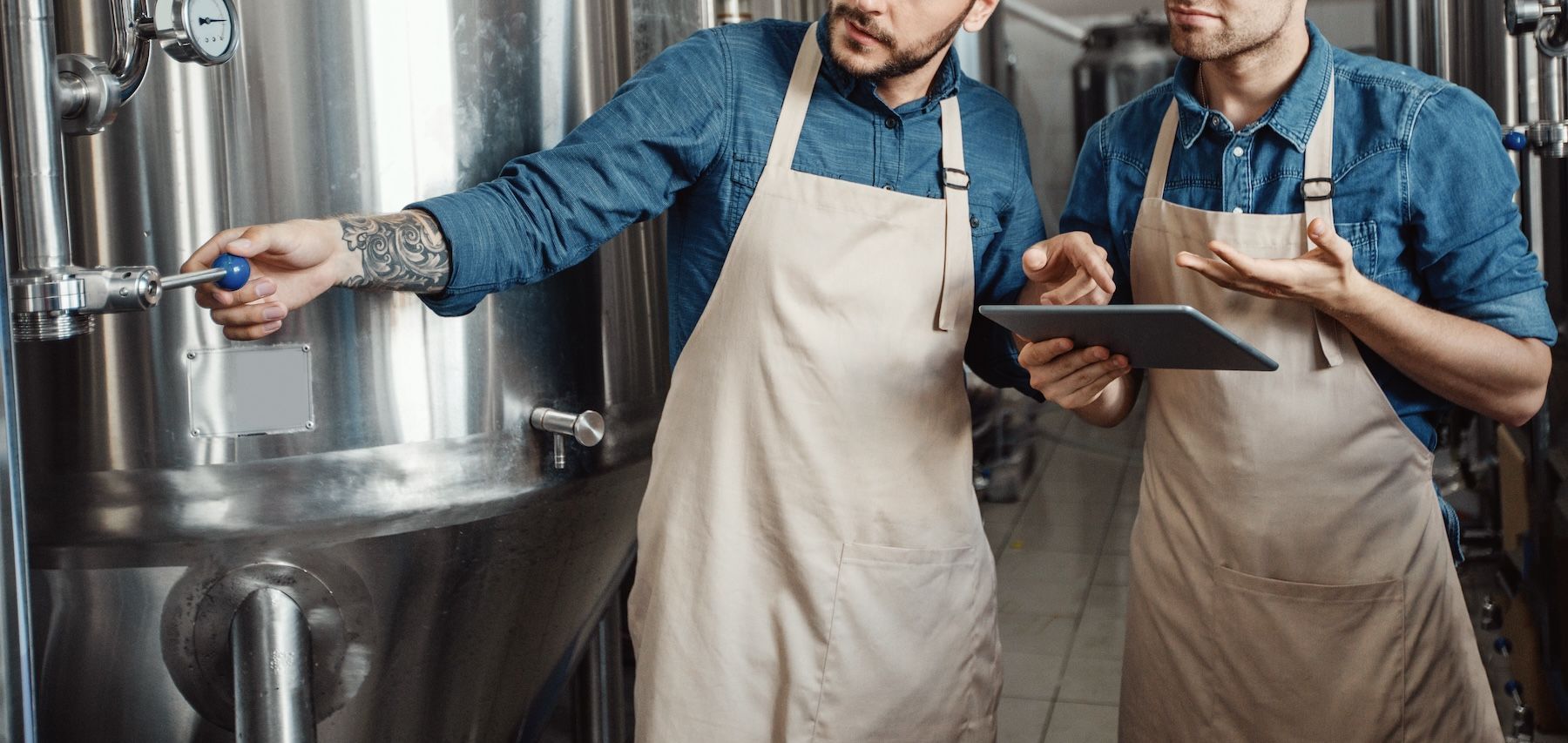


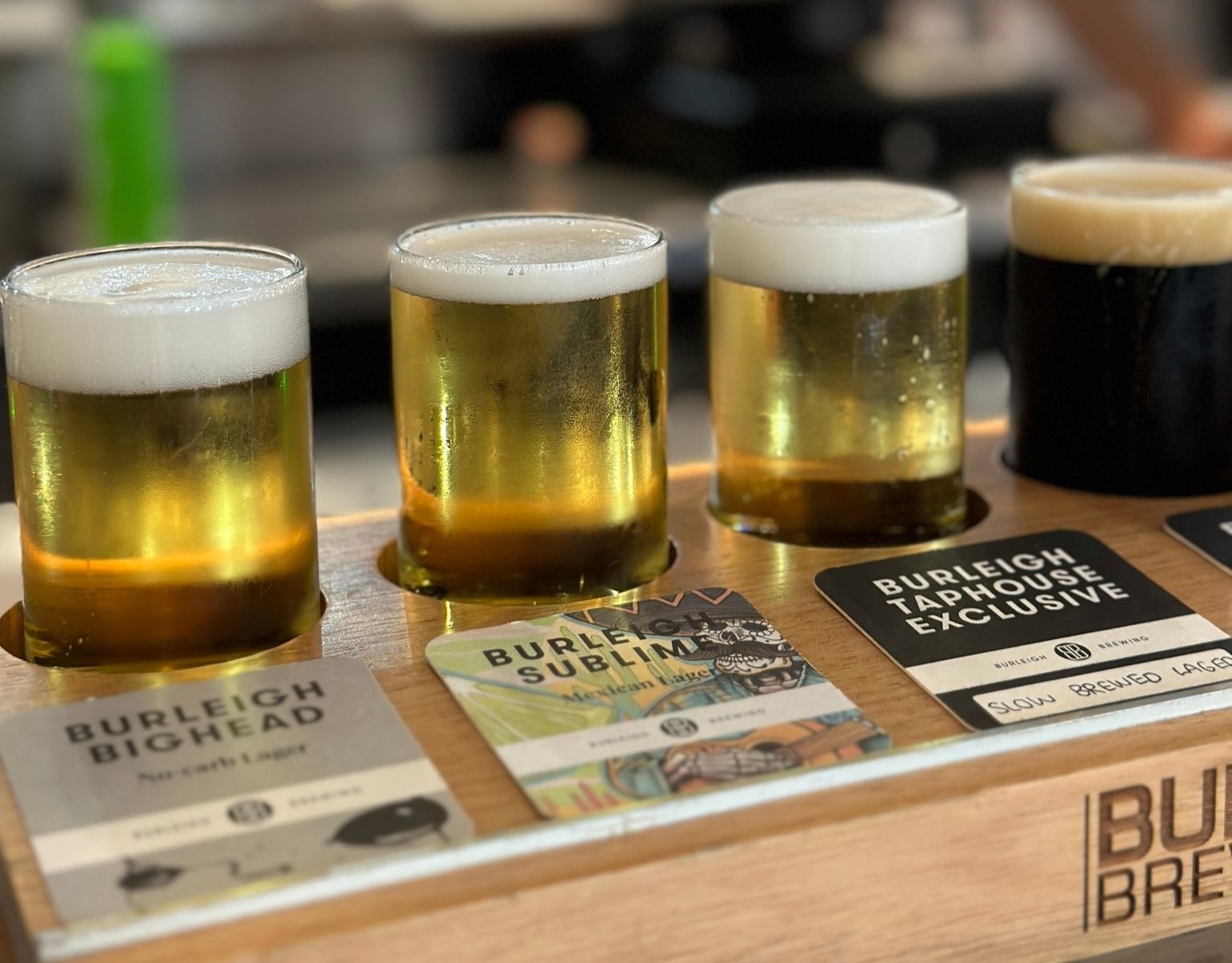
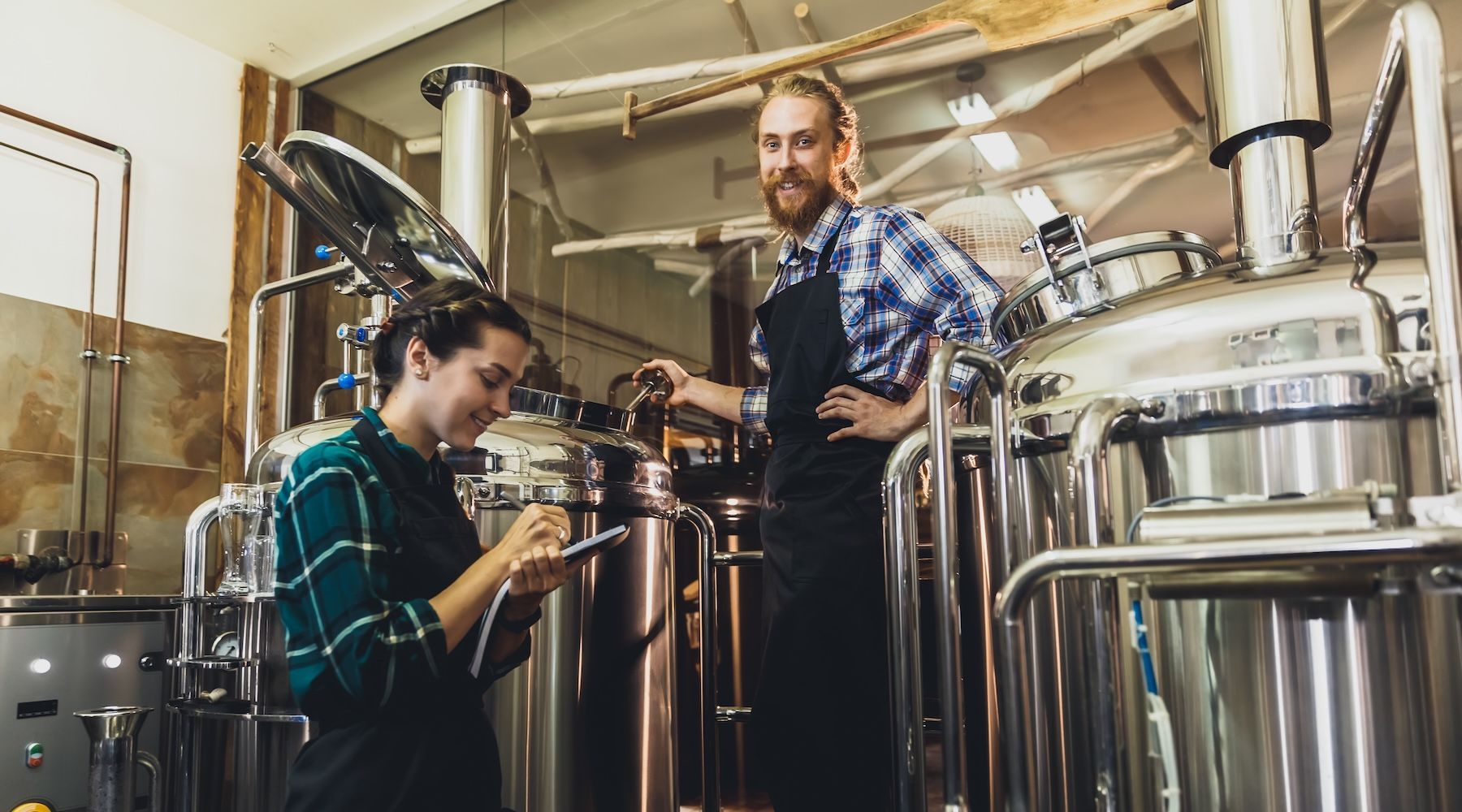


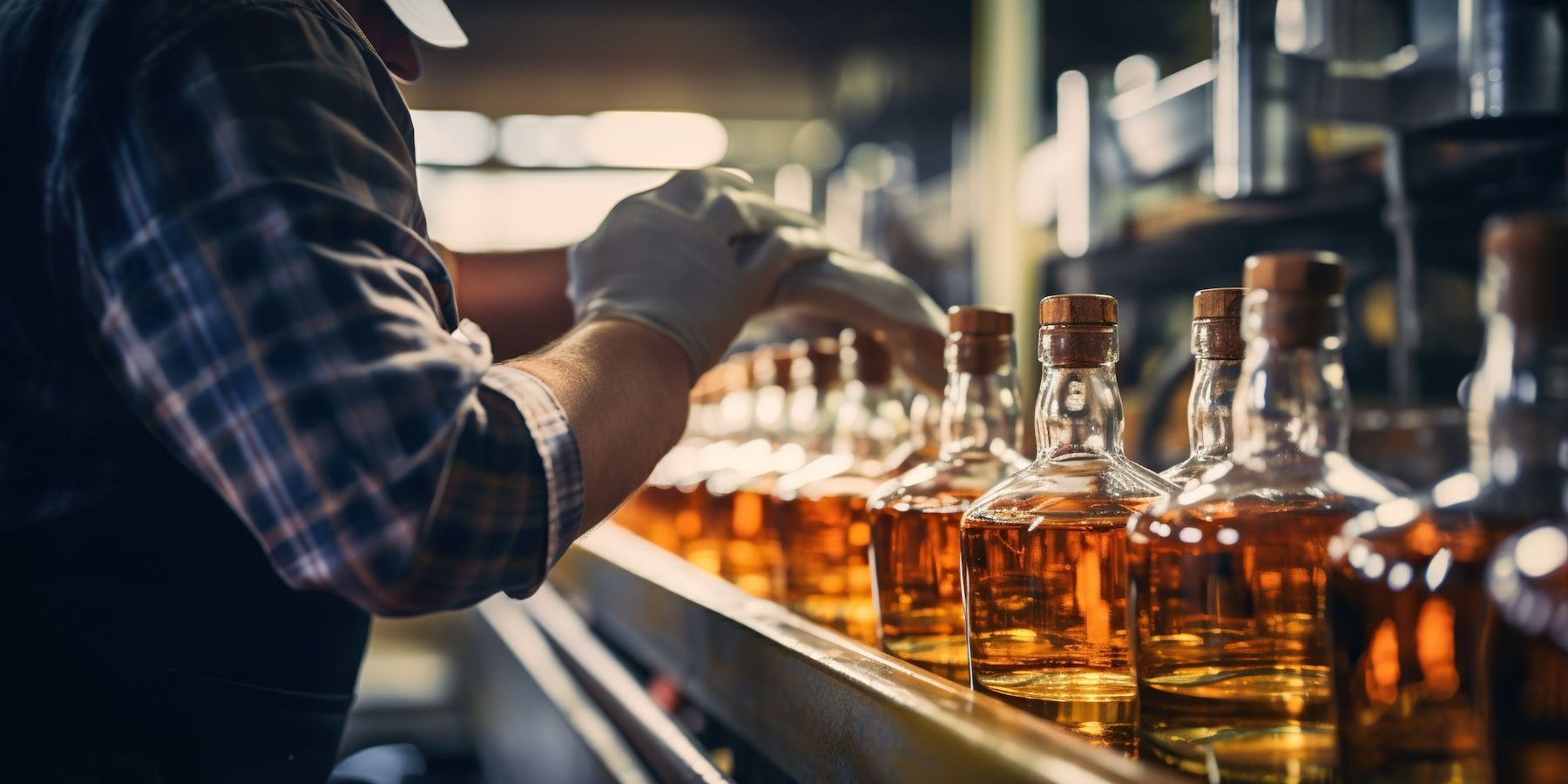
GET IN TOUCH
1512 Larimer Street, Suite #150
Denver, CO 80202
United States
(720) 699-0200
66 Goulburn Street
Sydney, NSW, 2000
Australia
+61 2 9044 1330

